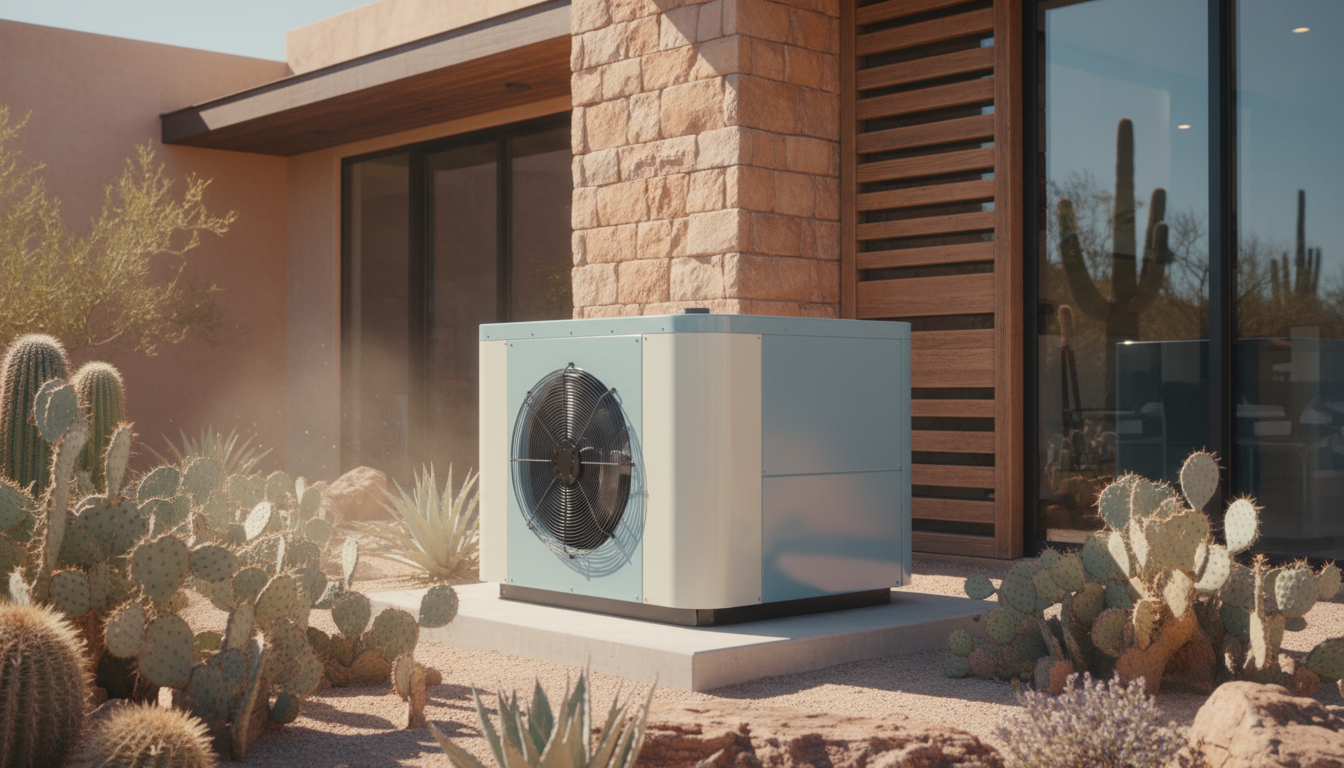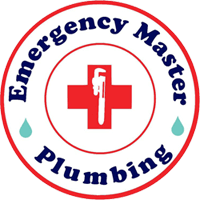

In today’s world, where energy costs continue to climb, homeowners are searching for effective ways to lower their utility bills without sacrificing comfort. If you’re tired of seeing those monthly statements creep higher, especially during Arizona’s scorching summers or mild winters, the solution might be simpler than you think: regular HVAC maintenance. Your heating, ventilation, and air conditioning system is the heart of your home’s climate control, but when neglected, it can drive up energy use by up to 20-30%, according to the U.S. Department of Energy. This comprehensive guide explores how to reduce energy bills with HVAC maintenance, offering practical, problem-solving strategies to optimize your system, extend its lifespan, and keep your wallet happy.
By following these expert-recommended steps, you’ll not only cut costs but also improve indoor air quality and prevent costly breakdowns. Whether you’re dealing with an aging unit or just want to fine-tune efficiency, this post provides the knowledge you need to take control.
Why HVAC Maintenance Matters for Energy Savings
HVAC systems consume about 48% of a home’s energy, making them prime targets for efficiency improvements. Poor maintenance leads to issues like dirty filters, refrigerant leaks, and inefficient airflow, all of which force your system to work harder and use more power. For instance, a clogged air filter can reduce efficiency by 15%, causing your AC or furnace to run longer cycles just to maintain temperature.
The good news? Proactive maintenance can slash energy bills by 5-20% annually. This isn’t just theory—studies from ENERGY STAR show that well-maintained systems operate at peak performance, reducing strain on components and minimizing waste. In hot climates like Arizona, where AC units run nearly year-round, these savings add up quickly. Homeowners who skip tune-ups often face unexpected spikes in bills, but those who stay on top of care enjoy consistent comfort and lower costs.
Beyond finances, regular upkeep solves broader problems. It prevents uneven heating or cooling, reduces allergens in the air, and avoids emergency repairs that could cost thousands. If your bills have jumped 10-15% without explanation, it’s time to assess your HVAC health.
Common HVAC Problems That Inflate Energy Bills
Before diving into solutions, identify the culprits behind high energy use. Many issues stem from everyday wear and tear, but catching them early through maintenance can prevent escalation.
- Dirty or Clogged Filters: These block airflow, making your blower motor overwork. Result? Higher electricity draw and reduced cooling/heating output.
- Refrigerant Leaks: Low levels force the compressor to labor excessively, spiking energy consumption by up to 25%.
- Ductwork Leaks: Gaps or poor insulation let conditioned air escape, meaning your system runs longer to compensate—wasting up to 30% of energy.
- Worn-Out Components: Faulty thermostats, motors, or coils cause inefficiencies, like short-cycling, where the system turns on and off too frequently.
- Lack of Insulation: In older homes, uninsulated ducts or attics amplify losses, especially in variable Arizona weather.
These problems don’t announce themselves with flashing lights; they quietly erode efficiency. A professional inspection can pinpoint them, but even basic checks reveal red flags like unusual noises, weak airflow, or rising humidity indoors.
Step-by-Step HVAC Maintenance Tips to Lower Bills
Ready to act? Start with a structured maintenance routine. Aim for professional servicing twice a year—once before summer and once before winter—but incorporate monthly DIY tasks for ongoing savings.
1. Replace Air Filters Regularly
Your air filter is the first line of defense against inefficiency. A dirty filter restricts airflow, increasing energy use by forcing the fan to strain.
- Check and replace filters every 1-3 months, depending on usage and pet ownership. Use high-efficiency pleated filters (MERV 8-13) for better performance without over-restricting flow.
- Pro Tip: Install a filter with a built-in indicator that changes color when dirty. This simple swap can save 5-15% on bills by improving airflow and system longevity.
In problem-solving terms, if your home feels stuffy or your energy use spikes mid-season, a filter change often resolves it immediately.
2. Clean Coils and Drain Lines
Evaporator and condenser coils accumulate dirt over time, reducing heat transfer and making your unit less efficient.
- For the outdoor condenser coil, gently hose it off in spring to remove debris like leaves or dust—common in Arizona’s dry environment.
- Indoor evaporator coils require professional cleaning annually to prevent mold and maintain refrigerant flow.
- Clear drain lines monthly with a vinegar solution to avoid clogs that lead to water damage and overworking the system.
These steps address the root of many efficiency drops, potentially cutting energy use by 10-20% and preventing humidity-related issues.
3. Inspect and Seal Ductwork
Leaky ducts are a silent energy thief, responsible for 20-30% of losses in many homes.
- Conduct a visual inspection: Look for disconnected joints, holes, or insulation gaps in accessible areas like attics or crawlspaces.
- Seal leaks with mastic sealant or foil tape (avoid cloth duct tape, as it degrades). For comprehensive fixes, hire a pro with a duct-blaster test to measure and repair airflow.
- Add insulation to uninsulated ducts, especially those running through hot attics, to keep air at the right temperature.
Homeowners in sunny Arizona benefit most here, as sealed ducts combat the extreme outdoor-indoor temperature swings.
4. Optimize Thermostat Settings
A smart thermostat isn’t just a gadget—it’s a maintenance essential that adapts to your habits.
- Set it to 78°F in summer and 68°F in winter for optimal savings (up to 10% per degree adjustment).
- Upgrade to a programmable or Wi-Fi model that learns your schedule, automatically adjusting to save energy when you’re away.
- Calibrate manually: Ensure it’s level and away from drafts, vents, or direct sunlight for accurate readings.
This solves the problem of “set it and forget it” inefficiency, where outdated thermostats cause overuse.
5. Schedule Professional Tune-Ups
While DIY helps, experts handle the heavy lifting.
- Annual tune-ups include checking refrigerant levels, tightening electrical connections, lubricating moving parts, and testing safety controls.
- In Arizona, focus on AC-specific checks like coil cleanliness to handle dust and heat.
- Look for technicians certified by NATE (North American Technician Excellence) for reliable, code-compliant service.
Regular pros prevent small issues from becoming bill-busting emergencies, often including energy audits to identify hidden savings.
Seasonal Strategies for Year-Round Efficiency
Arizona’s climate demands tailored maintenance to maximize savings across seasons.
Summer Preparation
With temperatures soaring above 100°F, AC strain is real. Before June, clean outdoor units, verify fan operation, and ensure shading (e.g., plant trees or install awnings) to reduce heat load. This can lower runtime by 5-10%, directly cutting bills.
Winter Readiness
Even mild winters require furnace checks. Inspect burners for even flames, clean the heat exchanger, and test carbon monoxide detectors. Proper prep avoids mid-season failures when energy prices peak.
Off-Season Care
Use downtime for deep cleans: Vacuum registers, straighten bent fins on coils with a fin comb, and update your system’s software if it’s a modern variable-speed model. These habits solve proactive problems, like buildup from seasonal pollen.
Advanced Tips for Maximum Energy Reduction
For deeper savings, go beyond basics.
- Install a Zoning System: Divide your home into zones with dampers to cool only occupied areas, saving 20-30% in multi-room homes.
- Upgrade to Energy-Efficient Components: If your system is over 10 years old, consider high-SEER (Seasonal Energy Efficiency Ratio) units—look for 16+ SEER ratings for Arizona compliance.
- Monitor with Smart Tools: Apps from brands like Nest or Ecobee track usage patterns, alerting you to inefficiencies like a failing capacitor.
- Improve Home Envelope: While not purely HVAC, sealing windows, adding attic insulation, and using ceiling fans complement maintenance by reducing system demand by 10-15%.
Combining these with routine care can yield 30%+ bill reductions, but always consult pros for installations to ensure safety and rebates from programs like Arizona’s energy incentives.
The Long-Term Benefits of Consistent Maintenance
Investing time in HVAC care pays dividends. Beyond immediate savings, it extends system life by 5-10 years, reducing replacement costs (averaging $5,000-$10,000). It also boosts home value—energy-efficient features appeal to buyers—and enhances health by filtering pollutants.
Track progress by comparing bills pre- and post-maintenance; tools like utility apps make this easy. If savings stall, an energy audit (often free via local utilities) uncovers overlooked issues.
In summary, how to reduce energy bills with HVAC maintenance boils down to prevention: Clean, inspect, and tune up regularly. These steps solve the core problems of inefficiency, delivering comfort without the cost.
For reliable HVAC maintenance in the Arizona area, trust the experts at Emergency Master Plumbing & Air. Our certified technicians provide thorough tune-ups tailored to your home, ensuring peak efficiency and peace of mind. Contact us today at 623-584-4706 to schedule your service and start saving on energy bills right away.
